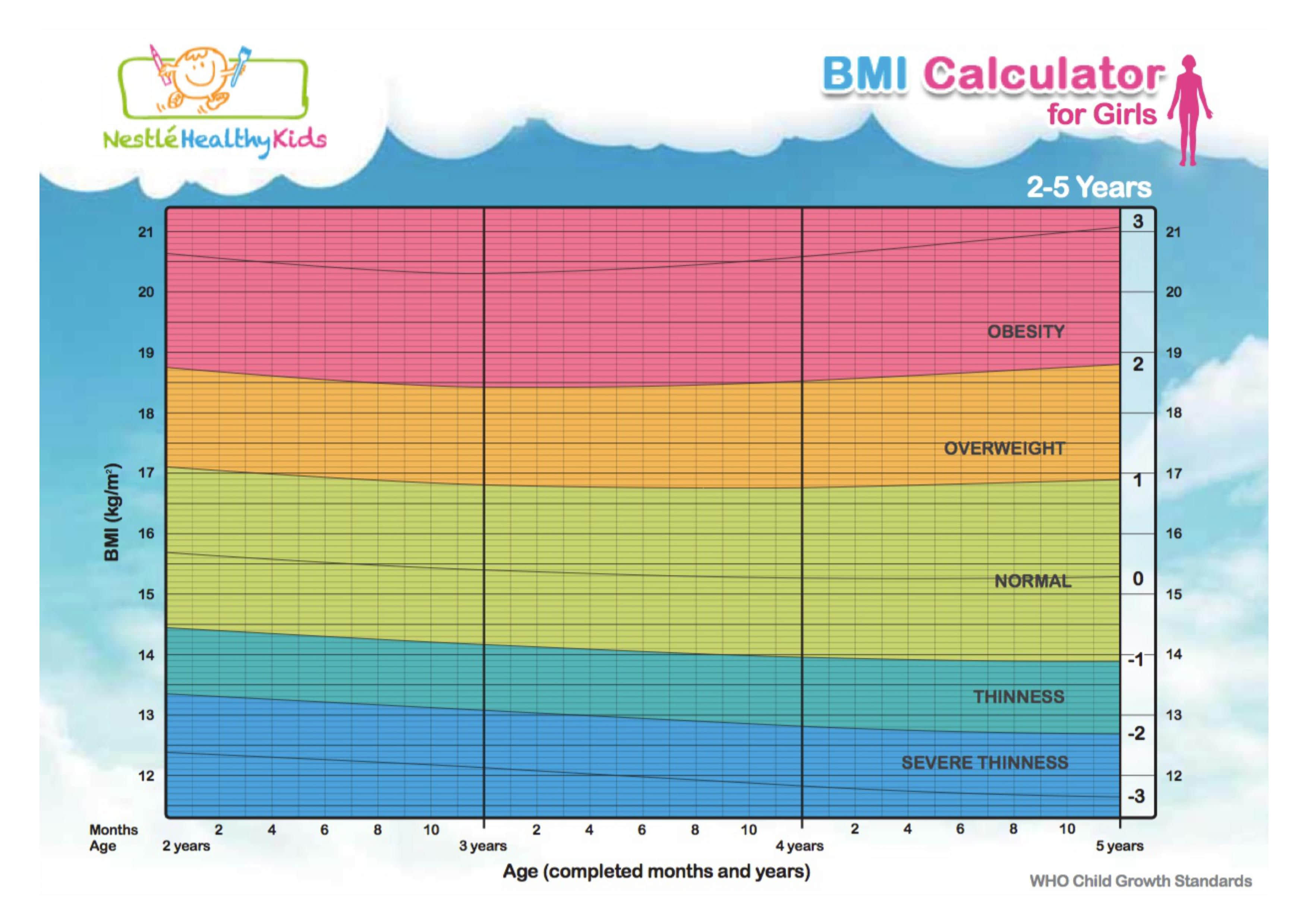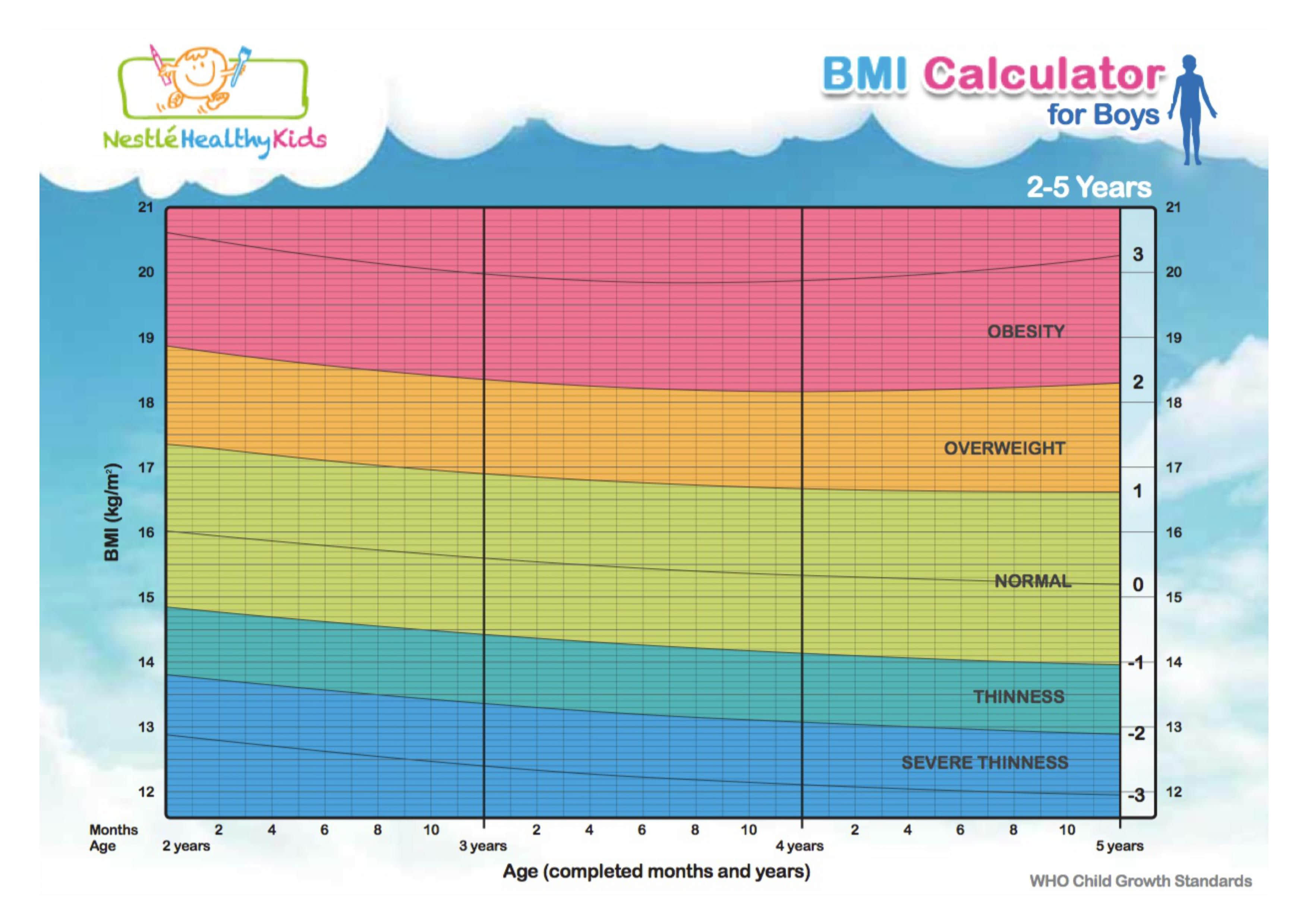Congratulations on coming this far. It’s thanks to you and your careful nurturing that they’ll soon be blossoming into a healthy, happy pre-schooler.
Brain food
A lot has happened during your little one’s first 1000 days. They’ve undergone a huge growth spurt—both inside and out. When they were born, their brain was just a quarter of the size of an adult’s brain, but by the time they turn three, it’ll be 80% fully grown! They’ll continue to need healthy foods to support brain growth and development, so keep offering foods like avocados (rich in Vit C), eggs (rich in Iodine), and oily fish, such as salmon (rich in Iron) – which all contribute to brain function.
Munch and crunch
Nutrition for healthy growth is key during these early years, which is why the arrival of “baby teeth” is perfectly timed. Expect to see their first molars and canines appear during their second year, and a full set of “baby teeth” by their third birthday. Choking is still a risk before this point, so continue to cut their food up into small, bite-sized pieces, and always supervise them when eating.
Two times two
With such rapid growth in your toddler’s first two years, you might find yourself wondering when it will end! You may have heard that you can estimate how tall they will be as an adult by doubling their height at age two. While this method has been around for a long time, there is no research to show that it is entirely accurate. Instead, a more reliable way to monitor your toddler's growth is to use growth charts.
Growth matters
Some parents believe that the bigger the baby the better. However, a big baby is not necessarily a healthier baby. In fact, some research has shown that higher weight during infancy and toddlerhood may continue into childhood.
Rates of obesity in children and adolescents, in most areas and countries around the world, have increased over the past 40 years, and in Australia, 1 in 4 children over 2 years are overweight or obese.
Did you know that you there is a way to check if your child is within the healthy weight range? It is through the Body Mass Index or BMI and it only takes 4 steps to calculate it:
Step 1: check your child’s weight in kilograms (kg)
Step 2: measure your child’s height in meters (m)
Step 3: divide the weight (kg) by the square of the height (m²)
Step 4: plot the result in the correct BMI-for-age percentile chart (WHO Child Growth Standards) for boys or girls
Growth charts are used to map out weight, length, and head circumference for children, and to monitor the changes in these measurements over time. It’s therefore important that you understand how to read them – talk to your health care provider if you have concerns about your child’s growth.


By knowing your child’s BMI, you are able to check your child’s weight status. As a parent, you can work with your healthcare provider to prevent unwanted outcomes associated with obesity.
To achieve a healthy body weight, allow your child to engage in regular exercise 30 minutes every day. Reduce sedentary time watching TV or playing video games. Equally important is to encourage your child to eat a balanced diet – they will rely on you for this.


